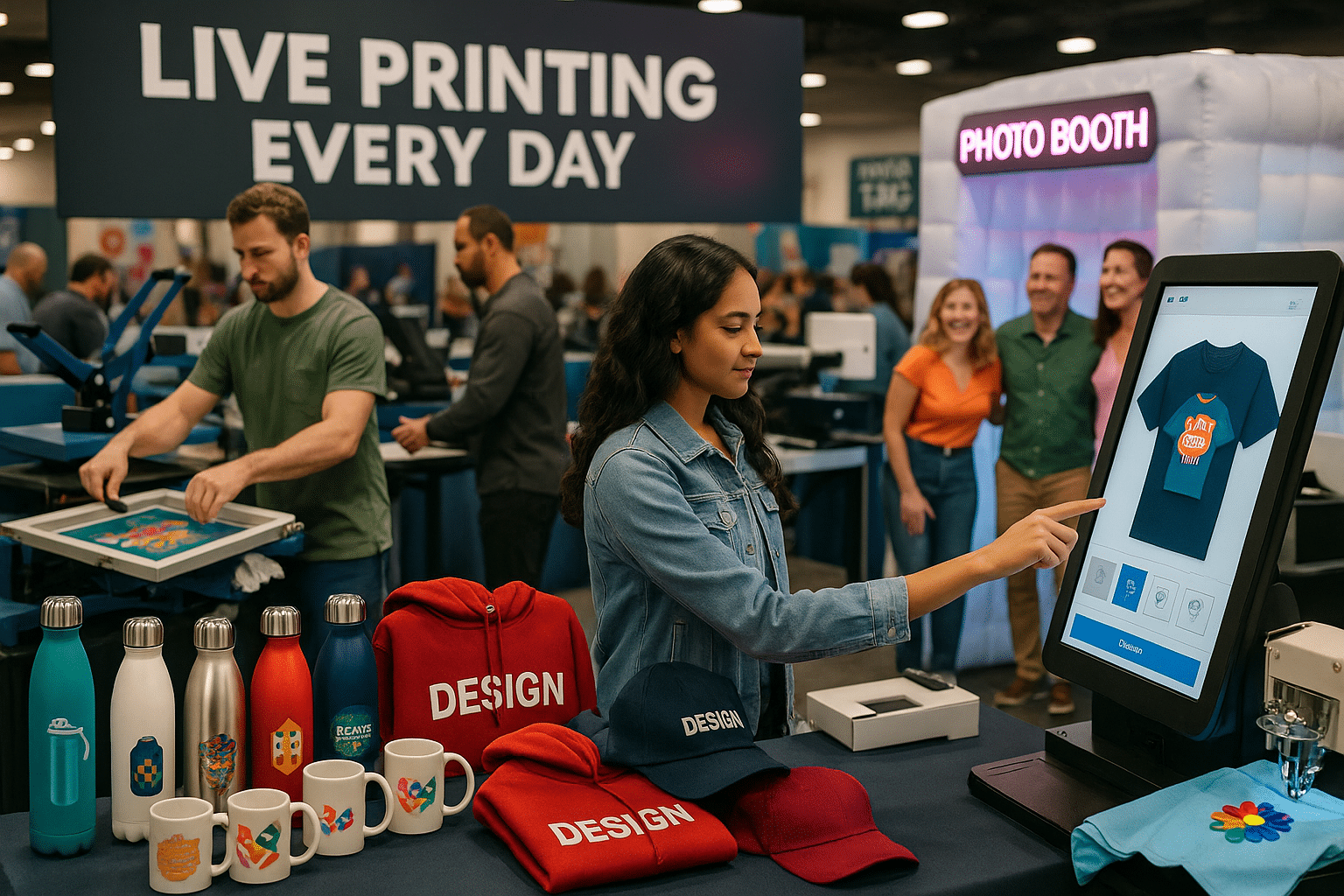Ultimate Guide to Event Planning: Tips and Trends for Success
Ultimate Guide to Event Planning: Tips and Trends for Success

Event planning is an intricate dance that combines creativity, logistics, and marketing. In this guide, we will explore essential tips and contemporary trends that can elevate your event, including the use of interactive elements and noteworthy items like thermal bottles and laser-engraved products. Discover how to captivate your audience and ensure a memorable experience.
Crafting the Perfect Event Plan
When embarking on the journey of crafting a perfect event plan, several key components must be meticulously woven together to create a harmonious and successful experience. The foundation lies in establishing clear objectives. Outlining what you hope to achieve will set the tone for every aspect of your event. These goals could range from raising awareness for a brand, celebrating a milestone, or creating a networking opportunity for industry peers. Without this clarity, it becomes challenging to steer the planning process in a productive direction, leaving gaps that could result in missed opportunities.
Understanding your target audience is equally crucial. Your attendees dictate many aspects of your decision-making, from the choice of venue to the types of interactive elements you incorporate into the event. Conduct surveys, engage in conversations, and utilize social media insights to gather data about their preferences, interests, and needs. This research will not only help you tailor the event experience but also guide your marketing strategies. By aligning your brand’s messaging with the interests of your target audience, you increase the likelihood of drawing attendees and enhancing their overall experience.
Once your objectives and audience are defined, establishing a budget becomes paramount. A well-constructed budget ensures that all elements of the event can be secured without financial strain. Itemize your expenses, including venue hire, catering, technology, decoration, entertainment, and unique items like thermal bottles, water bottles, mugs, and more. The addition of promotional materials, such as laser-engraved products or personalized luggage tags, can act as memorable takeaways while showcasing your brand. Don’t forget to factor in the marketing strategy, such as costs associated with social media advertising, influencer collaborations, and any other promotional campaigns that may be necessary to maximize your reach.
Logistics are the engine of your event plan, and thoughtful coordination is vital. Selecting the right venue involves more than just aesthetics; consider accessibility, technology requirements, and capacity. This choice greatly influences guest experience, so tour potential venues and ask questions about what they offer, such as Wi-Fi access, setup allowances, or recommendations for reliable vendors. Lastly, don’t hesitate to negotiate pricing, as many venues may have budget-friendly options or promotions, especially during off-peak seasons.
Vendor management is another essential element, as collaborating with reliable partners can facilitate a seamless experience. Now, when scouting for vendors, your goal should be to find those who not only meet your functional needs but also resonate with your vision. Establish communication channels that allow for updates and questions leading up to the event, which keeps all parties aligned on expectations. Be vigilant when hiring photographers as well; ensuring a professional can capture the ambience of your event is key to creating lasting memories.
Integrating modern marketing strategies into your event planning allows for effective promotion, helping you attract maximum attendance. Leverage digital platforms to create buzz and engage potential attendees. Create a visually appealing website or landing page that showcases your event details, encourages RSVPs, and highlights interactive elements like a photo booth. Speaking of which, consider utilizing relevant keywords such as “hire photo booth,” “photo booth cost,” and “buy a photo booth” in your promotional content. Tapping into consumer interest for these engaging installations can spark curiosity and draw individuals to your event.
Using social media channels is a powerful avenue for driving interest. Share regular event updates, teasers about what attendees can expect, and behind-the-scenes glimpses of the planning process. Utilize hashtags to spur community engagement, encouraging your audience to share their excitement about attending. All these efforts work not just to market the event but also to foster a sense of community among attendees, increasing the likelihood that they’ll share their experience on social media, further amplifying your reach.
Incorporating interactive elements enhances engagement and elevates the attendee experience. Planning breakout sessions, live polls, or games can encourage participation and dialogue among guests. A captivating photo booth can serve as an interaction hub, where people share laughter and create memories while capturing their experiences in real time. Not only does this create fun moments, but it also provides social media content that participants can share, extending the impact of your event even after it concludes.
Using DIY inspiration for event decor also offers an opportunity to involve your attendees creatively and can be an engaging way to personalize the experience. Simple projects like customized centerpieces or an interactive wall where guests can leave messages or memories can foster a sense of ownership among event-goers. Incorporate unique items into your decor by branding them with your logo, such as hoodies, caps, or even mugs, turning ordinary things into memorable takeaways that guests will cherish long after the event is over.
As you finalize your planning, remember that the heartbeat of your event lies in its execution. Revisit your objectives, ensuring that each component—be it attractions like the photo booth, branded merchandise, or engaging presenters—aligns with the purpose of the gathering. Approach the day with flexibility and an open mind, ready to adapt if elements do not flow as expected. A positive attitude can transform a small hiccup into an exciting opportunity, creating stories that attendees will recount for years.
By aligning your vision with diligent planning, robust communication, and a creative approach, you can craft events that not only meet objectives but also create lasting experiences for everyone involved.
Conclusions
In conclusion, successful event planning relies on strategic insights, innovative trends, and diverse item showcases. By incorporating interactive experiences and utilizing effective marketing strategies, you can create engaging events that resonate with attendees. Embrace these tips to make your next event a resounding success.




